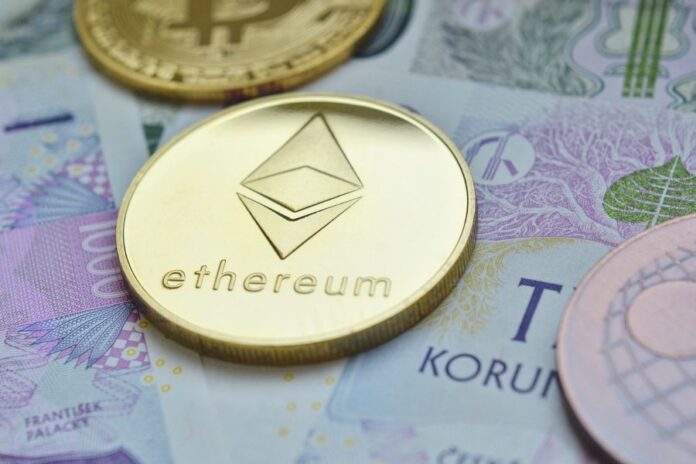“Tokenomics” is a term used in the crypto sphere to describe the combination of “Token” and “Economy”. While it may not be clear to the average person, if we need to define tokenomics, it is most accurate to say that it is a policy that governs how tokens in certain crypto projects are issued, distributed and circulated within a specific blockchain ecosystem. It also outlines the incentives for token holders to take certain actions, such as reserving, holding, or selling token assets. The goal of tokenomics is to establish an economic structure for a cryptocurrency or NFT, ensuring a consistent and long-term generation of tokens while providing information to ecosystem participants about total token supply, token distribution, and promotion in the crypto market.
Tokenomics Design
Design in tokenomics refers to the underlying structure that makes a project viable. A solid tokenomics design encompasses various crucial elements:
- Token Standards: Establishing the token standard for your project, like ERC20, BEP20, etc.;
- Token utility: The token needs to have a distinct and well-defined purpose within the project’s ecosystem to provide benefits to holders and encourage its usage;
- Token distribution: refers to the token allocation among community members through methods like ICOs, IEOs, airdrops, and mining;
- Total supply: Defining and limiting the total supply of tokens is crucial to prevent inflation;
- Token price stabilization: The process should include mechanisms to stabilize the token price, such as implementing buyback and burn mechanisms;
- Tokenomics governance model: The tokenomics design should include a clear governance model that enables community members to suggest some changes.
- Transaction fees: The tokenomics design should give priority to minimizing transaction fees and maximizing transfer speed.
The tokenomics models related to token allocation are the crucial aspect of the framework. Let’s delve into the token distribution models.
Best Tokenomics: Efficient Crypto Token Distribution Models
Among the models offered by NFT marketing by Fracas Digital are the following:
Airdrop
The concept of an airdrop involves the distribution of a small number of tokens to active users, either for free or through a simple action. This strategy serves as a lead magnet for potential investors or users, as the crypto tokens allocated create an opportunity to be part of a promising crypto project. Airdrops not only attract token holders but also help increase the token supply and the number of tokens allocated to crypto project.
Rewards
This tokenomics model resembles an airdrop, with tokens being distributed as rewards for various crypto project contributions. These contributions include investments, providing liquidity, supporting the development of smart contracts, and more. This approach encourages the active involvement of the project teams and fosters the growth and success of the overall crypto project.
Lockdrops as an efficient tokenomics model
Lockdrops are one of the best tokenomics models in the crypto/NFT tokenomics space. Before launching new tokens, or NFTs, the project team requires users to lock some of their existing tokens for a specified period. This innovative token economy creates incentives for participants to contribute to the network’s growth. Once the locking period expires, users can retrieve their locked assets and receive new ones in return. The lockdrop’s profitability is determined by the number of tokens locked and the duration of the lock. This smart contract-based approach benefits both the project team and the participants, fostering a thriving crypto ecosystem.
Venture capital
Various venture capital firms play a crucial role in the development of young token economics. This is considered one of the best token distribution models as it enables young projects to rapidly secure significant capital, which can be promptly utilized for system development. Through these partnerships, startups can leverage the expertise and financial resources provided by venture capital firms to accelerate the growth of their crypto tokens and digital assets.
Public sales as popular crypto and NFT tokenomics
Public sales have become increasingly popular in the world of crypto and NFT tokenomics. As highlighted by the tokenomics consultant, these sales come in various forms and play a significant role in token economics. The three main types of public sales include:
- Initial Coin Offering (ICO);
- Initial Exchange Offering (IEO);
- Initial DEX Offering (IDO).
These best crypto tokenomics provide opportunities for early investors to participate in token sales and acquire utility or governance tokens. Tokenomics analysis often involves assessing the effectiveness of different public sale models and their impact on the overall token economy.
Tokenomics Examples
The effectiveness of the best tokenomics can be seen through the success of various crypto projects. They serve as examples, showcasing how well-designed tokenomics can drive value and growth. Now that tokenomics 101 is explained, you will gain a comprehensive understanding of how they operate. By studying the supply and demand characteristics, token allocations, and monetary policy of these crypto projects, you will be able to grasp the underlying mechanisms that drive their success.
Ethereum
Ethereum is widely regarded as the most successful tokenomics example. The founders of Ethereum implemented a public sale model that included an initial supply of over 72 million tokens. A significant portion, approximately 80%, of these tokens were acquired by investors, while the remaining tokens were distributed among the founders and the core team. This successful initial distribution allowed the project to raise more than $18 million in funding. As a leading digital currency and crypto asset, Ethereum continues to revolutionize the blockchain industry.
Solana
Solana is a prime illustration of tokenomics examples, with its native token (Sol) offering a multitude of use cases. Users can utilize Sol to pay transaction fees, as well as stake and make payments within the Solana ecosystem. During the initial offering, a total supply of 500 million tokens was distributed through various channels, including public and private sales, airdrops, and rewards. Notably, 25% of the tokens were retained by the project’s founders. The project’s total profit surpassed an impressive $25 million. Solana’s tokenomics model showcases the effectiveness of utility token in driving ecosystem growth and value.
Tokenomics Website: Create A Great Economy For Your Token
If you need a tokenomics website to create a strong economy for your token, our blockchain marketing agency is here to assist you. With our experience, the team of professionals, and our individual approach to each project, we can help you develop a competent tokenomics design. Trust our expertise in tokenomics and let us guide you toward success.












